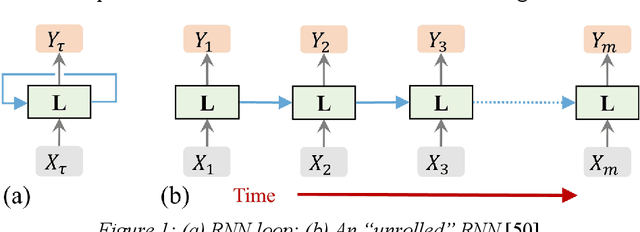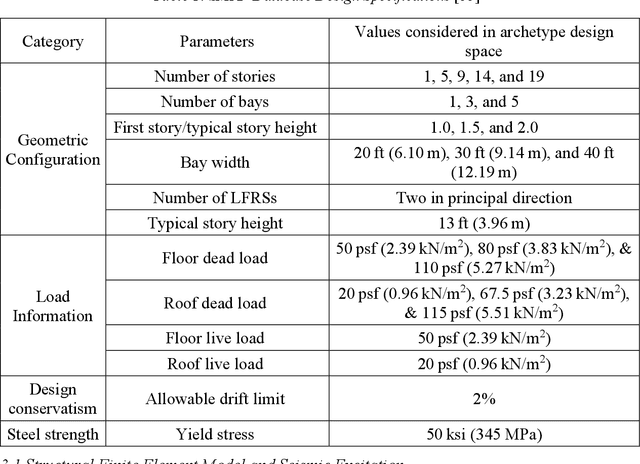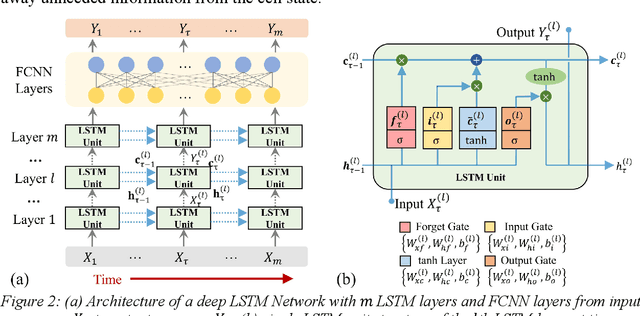R. Bailey Bond
Physics-Informed Machine Learning for Seismic Response Prediction OF Nonlinear Steel Moment Resisting Frame Structures
Mar 01, 2024



Abstract:There is a growing interest in utilizing machine learning (ML) methods for structural metamodeling due to the substantial computational cost of traditional numerical simulations. The existing data-driven strategies show potential limitations to the model robustness and interpretability as well as the dependency of rich data. To address these challenges, this paper presents a novel physics-informed machine learning (PiML) method, which incorporates scientific principles and physical laws into deep neural networks for modeling seismic responses of nonlinear structures. The basic concept is to constrain the solution space of the ML model within known physical bounds. This is made possible with three main features, namely, model order reduction, a long short-term memory (LSTM) networks, and Newton's second law (e.g., the equation of motion). Model order reduction is essential for handling structural systems with inherent redundancy and enhancing model efficiency. The LSTM network captures temporal dependencies, enabling accurate prediction of time series responses. The equation of motion is manipulated to learn system nonlinearities and confines the solution space within physically interpretable results. These features enable model training with relatively sparse data and offer benefits in terms of accuracy, interpretability, and robustness. Furthermore, a dataset of seismically designed archetype ductile planar steel moment resistant frames under horizontal seismic loading, available in the DesignSafe-CI Database, is considered for evaluation of the proposed method. The resulting metamodel is capable of handling more complex data compared to existing physics-guided LSTM models and outperforms other non-physics data-driven neural networks.
An Unsupervised Machine Learning Approach for Ground Motion Clustering and Selection
Dec 06, 2022Abstract:Clustering analysis of sequence data continues to address many applications in engineering design, aided with the rapid growth of machine learning in applied science. This paper presents an unsupervised machine learning algorithm to extract defining characteristics of earthquake ground-motion records, also called latent features, to aid in ground-motion clustering and selection. In this context, a latent feature is a low dimensional machine-discovered spectral characteristic learned through nonlinear relationships of a neural network autoencoder. Clustering can be performed on the latent features and used to select a representative archetypal subgroup from a large ground-motion suite. The objective of efficient ground-motion selection is to choose records representative of what the structure will probabilistically experience in its lifetime. Three examples are presented to validate this approach, including a synthetic spectral dataset and spectra from field recorded ground-motion records. Deep embedding clustering of ground motion spectra improves on the results of static feature extraction, utilizing characteristics that represent the sparse spectral content of ground motions.
 Add to Chrome
Add to Chrome Add to Firefox
Add to Firefox Add to Edge
Add to Edge